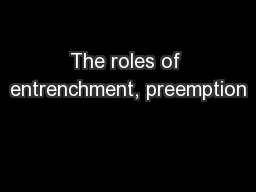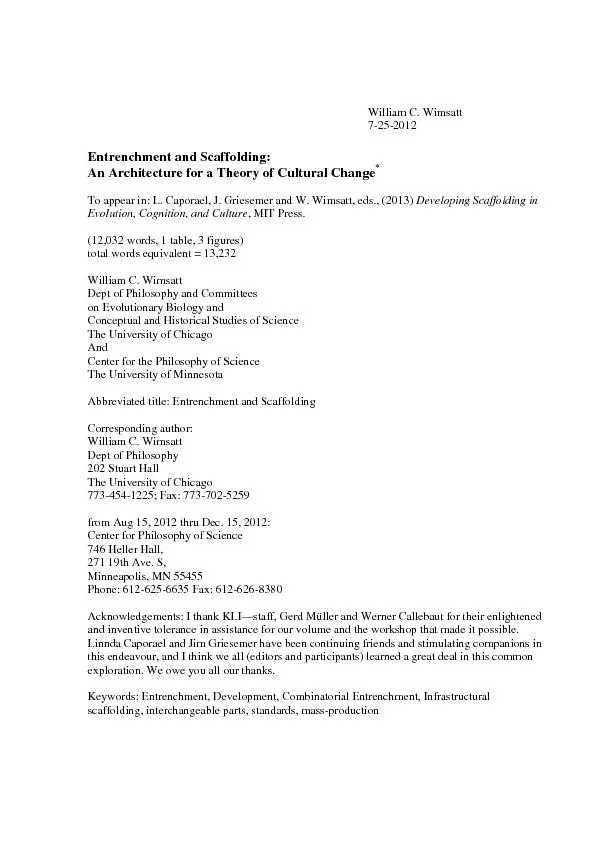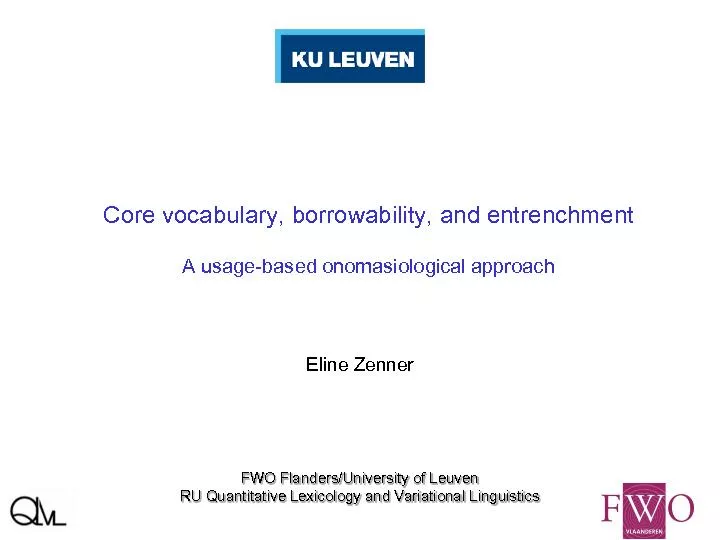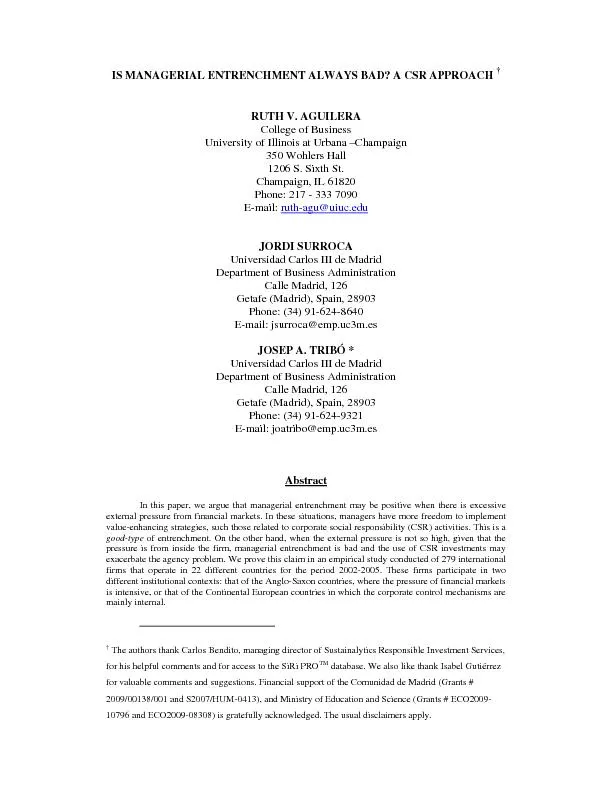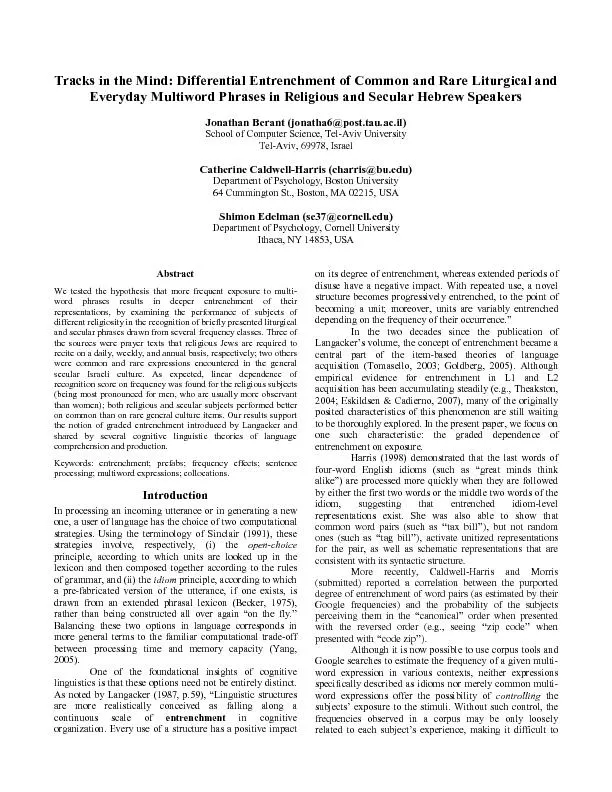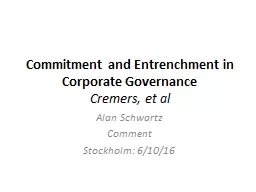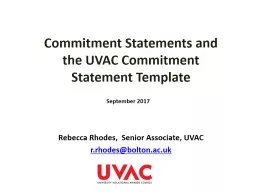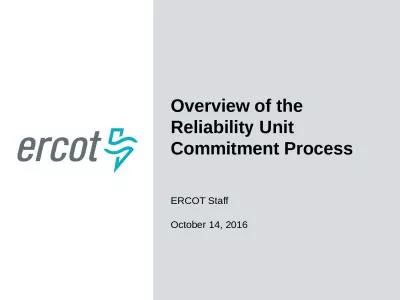PPT-Commitment and Entrenchment
Author : alexa-scheidler | Published Date : 2018-10-06
i n Corporate Governance Martijn Cremers Saura Masconale Simone M Sepe IASTToulouse School of Economics amp University of Arizona June 9 2016 GCGC 2016 Conference
Presentation Embed Code
Download Presentation
Download Presentation The PPT/PDF document "Commitment and Entrenchment" is the property of its rightful owner. Permission is granted to download and print the materials on this website for personal, non-commercial use only, and to display it on your personal computer provided you do not modify the materials and that you retain all copyright notices contained in the materials. By downloading content from our website, you accept the terms of this agreement.
Commitment and Entrenchment: Transcript
Download Rules Of Document
"Commitment and Entrenchment"The content belongs to its owner. You may download and print it for personal use, without modification, and keep all copyright notices. By downloading, you agree to these terms.
Related Documents


